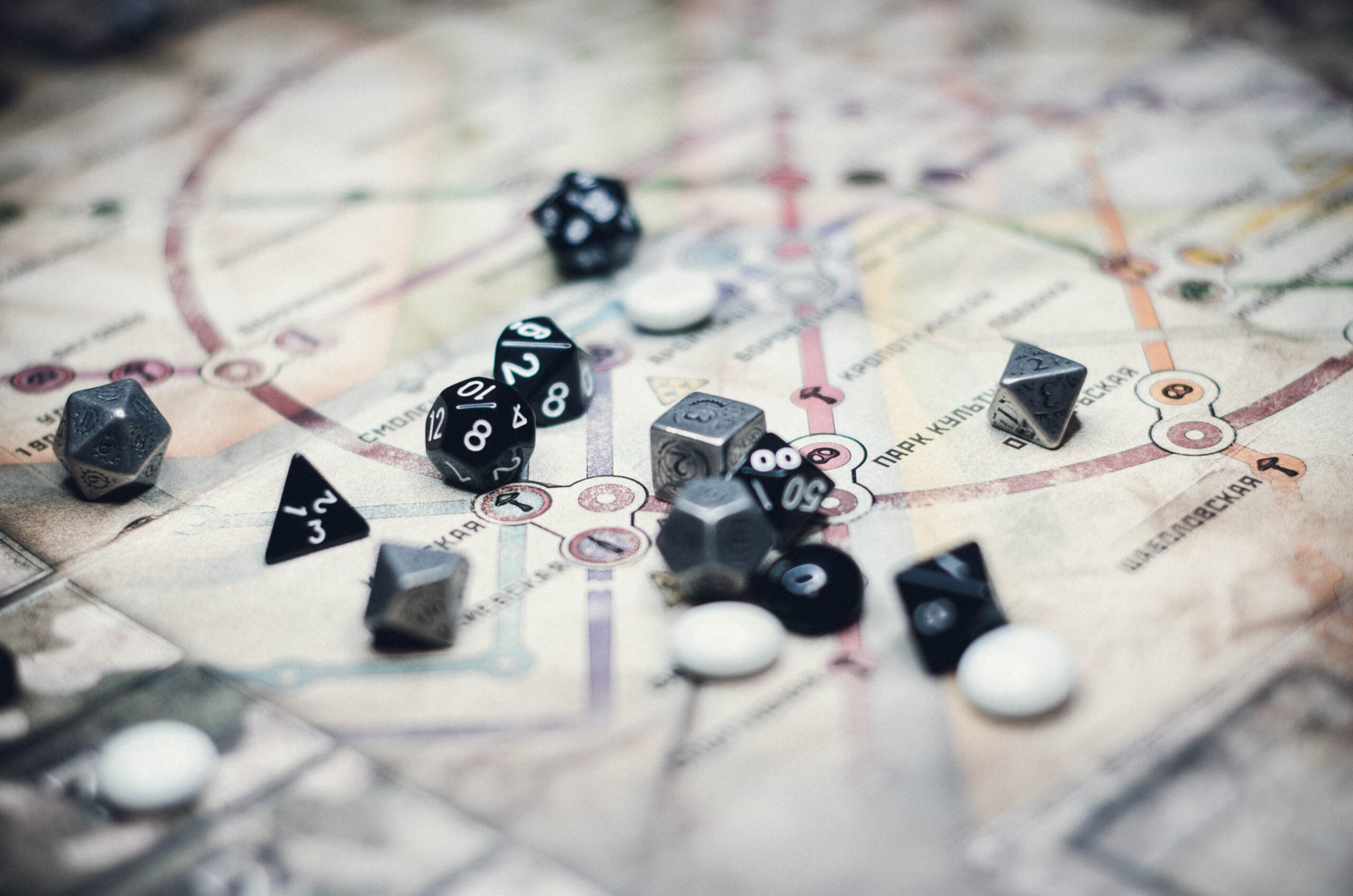Designing a board game can be a fun and rewarding experience. Whether you’re a seasoned game enthusiast or just starting out, creating your own board game allows you to unleash your creativity and bring your ideas to life. In this article, we will guide you through the process of designing a board game from start to finish.
1. Define the Concept
Every great board game starts with a solid concept. Take some time to brainstorm and come up with a unique and engaging idea for your game. Consider the theme, mechanics, and overall experience you want to create for your players.
Every great board game starts with a solid concept
2. Research Existing Games
Before diving into the design process, it’s important to research and play existing board games. This will help you understand different game mechanics, components, and strategies. Analyze what works well in these games and think about how you can incorporate those elements into your own design.
3. Create the Game Mechanics
The game mechanics are the rules and systems that govern how your game is played. Start by outlining the basic gameplay mechanics and then build upon them to create more depth and complexity. Consider the balance between luck and strategy, as well as the interaction between players.
4. Design the Game Board
The game board is the centerpiece of your board game. Sketch out a rough layout of the board and decide on the various spaces, paths, and regions. Think about how the board will visually represent the theme and gameplay mechanics of your game.
5. Create the Game Pieces
Game pieces are the physical components that players interact with during the game. This can include tokens, cards, dice, or any other elements specific to your game. Design and prototype these pieces, keeping in mind their functionality and how they contribute to the overall game experience.
6. Develop the Game Rules
Clear and concise rules are essential for a successful board game. Write down the rules of your game in a step-by-step format, making sure to explain each mechanic and component. Test the rules with a group of friends or family members to ensure they are easy to understand and follow.
Playtest! Playtest! Playtest!
7. Playtest and Iterate
Playtesting is a crucial step in the game design process. Gather a group of playtesters and have them play your game. Observe their reactions, take notes on any issues or areas for improvement, and make necessary adjustments to the mechanics, rules, or components of your game.
8. Create the Artwork and Graphics
The visual design of your board game is what will capture the attention of players. Create or commission artwork and graphics that align with the theme and style of your game. Invest in high-quality illustrations and design the layout of your game components to enhance the overall aesthetic appeal.
9. Finalize the Components
Once you are satisfied with the gameplay, mechanics, and artwork of your board game, it’s time to finalize the components. Create a professional prototype of your game, including the game board, pieces, cards, and any other necessary components.
10. Playtest Again and Refine
Before launching your board game, conduct a final round of playtesting. This will help you identify any last-minute issues and make any necessary refinements. Listen to feedback from your playtesters and be open to making changes that will improve the overall gameplay experience.
11. Publish or Print
Once you are confident in the quality and playability of your board game, you can consider publishing or printing it. Explore options such as self-publishing, crowdfunding, or pitching your game to established game publishers. Research the best avenues for getting your game into the hands of eager players.
12. Share and Enjoy
Congratulations! You have successfully designed your own board game. Share it with friends, family, and the wider gaming community. Encourage feedback and continue to refine your game based on player experiences. Most importantly, enjoy the process and the joy that comes from creating something truly unique.
Designing a board game is a labor of love, but with careful planning and creativity, you can create a game that brings joy and entertainment to others. So grab your pen and paper, and start designing your very own board game today!
Photo by Nika Benedictova on Unsplash

Leave a Reply